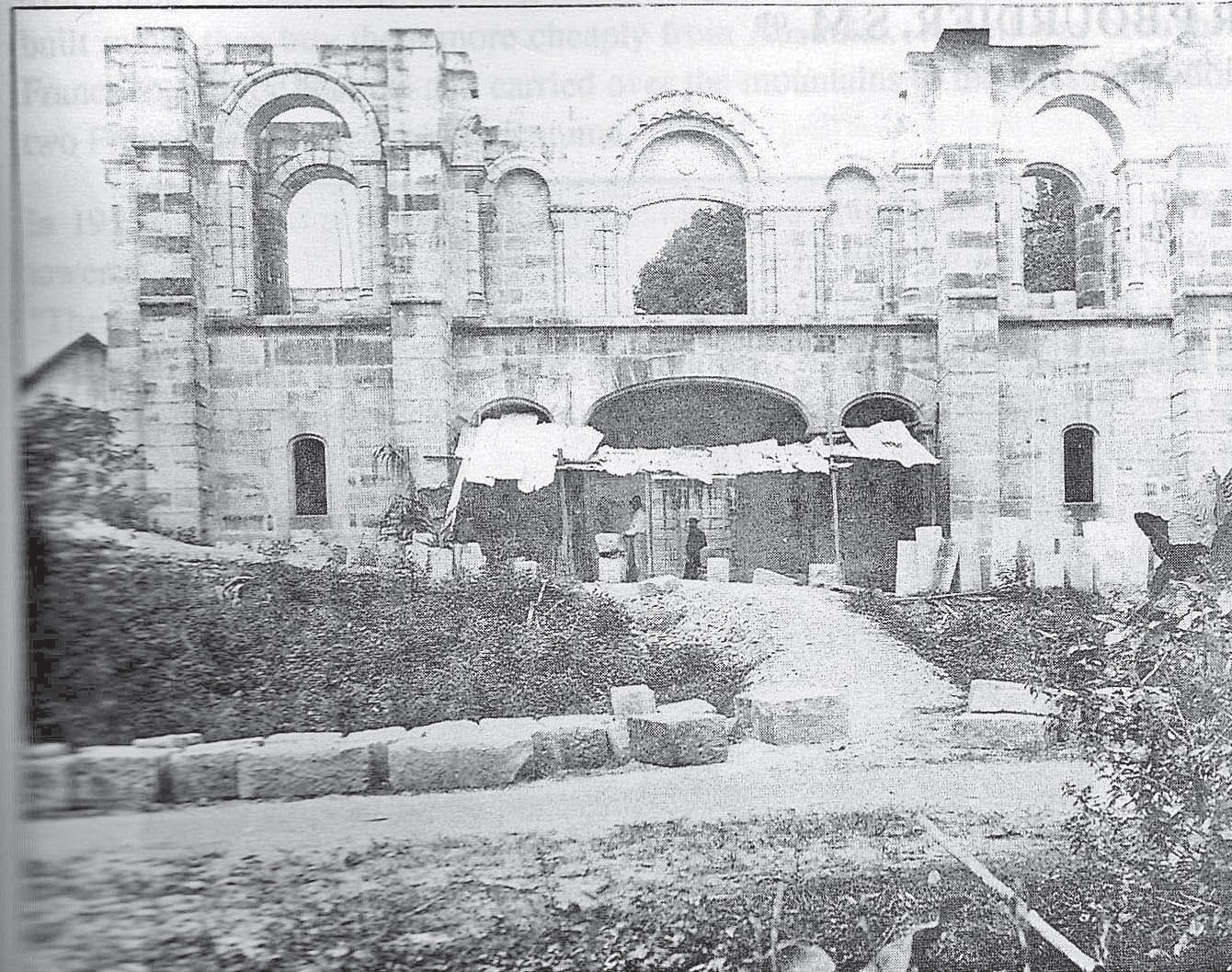Right in the heart of Suva City lies the centrepiece of the Catholic Church in Fiji, the Cathedral of the Sacred Heart.
For the more than 80,000 Catholics in Fiji, the cathedral is considered the mother church of all churches in the Archdiocese of Suva.
Director of Communications for the Archdiocese, John Pickering, said the word cathedral was derived from the Latin word cathedra which means “seat”.
“In this context, the Sacred Heart Cathedral contains the cathedra or seat of the archbishop,” he said.
“The cathedra symbolises the teaching authority of the archbishop.”
He said before the end of 1888, the first bishop of Fiji Julien Vidal purchased the land upon which the cathedral now sits.
“He engaged the services of Father Rosier of New Caledonia to design the new cathedral using local material.
“However, this did not eventuate and local material was found to be unsuitable.
“The crypt was excavated for the laying of the foundation stone but after two years the project was abandoned.”
During a visit to Australia, Bishop Vidal saw stone blocks of a suitable grain and size near the wharf area in Sydney and decided to import them.
“Assisted by two bishops from New Zealand, the foundation stone for the new cathedral was laid in 1894.
“Father Rosier travelled from New Caledonia to supervise the works while expert stone masons were brought in from Australia and in 1896, the crypt was completed.”
Mr Pickering said because Father Rosier did not speak the iTaukei language or English and because of diminishing funds, Bishop Vidal set off to Europe in 1896 to help raise funds to complete the cathedral.
“While in Europe, Bishop Vidal met a young architect, Pierre Bourdier, and he was encouraged by the bishop to join the Marist Order.
“Mr Bourdier accompanied the bishop to Fiji in 1897 and immediately took over the supervision of the construction of the cathedral.
“In 1902, the main structure was finished but the building of the towers and choir area was postponed because of financial constraints.”
The cathedral was finally blessed and opened on July 20, 1902. Unfortunately, Father Bourdier was still preparing plans for the completion of the towers and choir when he died in 1937, aged 80.
Mr Pickering said the Sacred Heart Cathedral was patterned after the Gothic style architecture of cathedrals of Europe. He said it took 100 years for the cathedral to be fully completed.
“In 1994 the Catholic Church celebrated the 150th anniversary of the arrival of the first Marist missionaries on the island of Lakeba on August 2, 1844.
“The late Archbishop Petero Mataca began an intensive building program to complete the sanctuary and sacristy of the cathedral to mark the occasion.
“The new extensions were blessed and opened by the Papal Envoy, Josef Cardinal Tomko on August 15, 1994.”
Mr Pickering said so far, six heads of the Catholic Church had served at the Sacred Heart Cathedral.
“The first bishop was Julien Vidal then Bishop Joseph Nicolas, followed by Archbishop Victor Foley, then Archbishop Hamilton Pearce, then Archbishop Petero Mataca and now Archbishop Peter Chong .
“I am not sure how many parish priests have been appointed to the cathedral since 1902 but there would have been a significant number.”
He said since the cathedral’s rededication, after final refurbishments were made in 1994, there have been no major structural changes made to the building.
“The Archbishop is the parish priest but the day to day administration is the responsibility of an administrator
. “The present administrator is Father Cecil Williams and he is assisted by Father Ioani Vodosiro.”
Mr Pickering said the cathedral had a seating capacity for about 1000 people.
“As with all other Catholic parishes around the country, the Sacred Heart Cathedral offers faith formation programs for those wanting to become Catholics as well as doing charity works through the St Vincent de Paul Society, youth programs, a program for widows and single mothers known as the Grace Program and social justice advocacy programs.”



